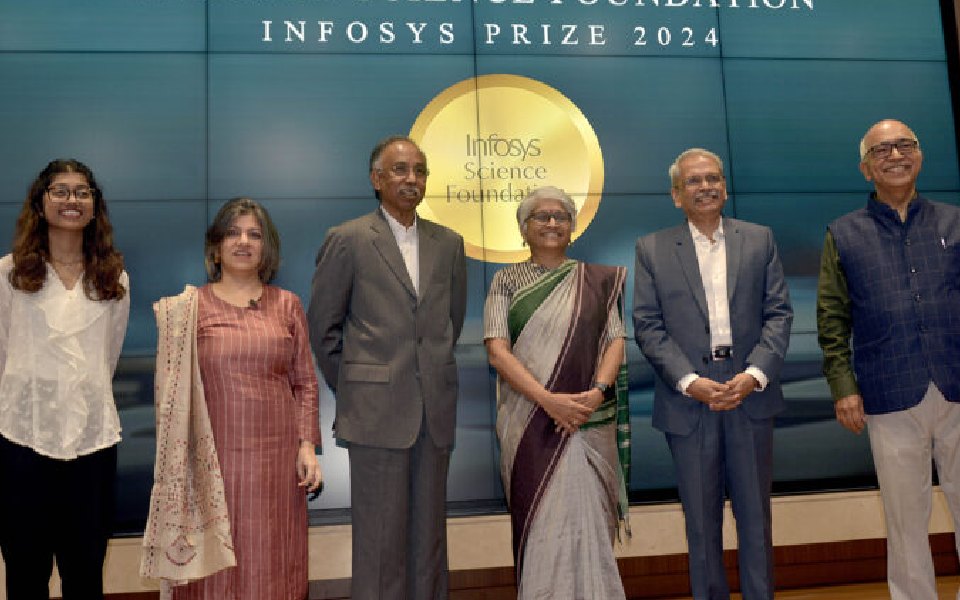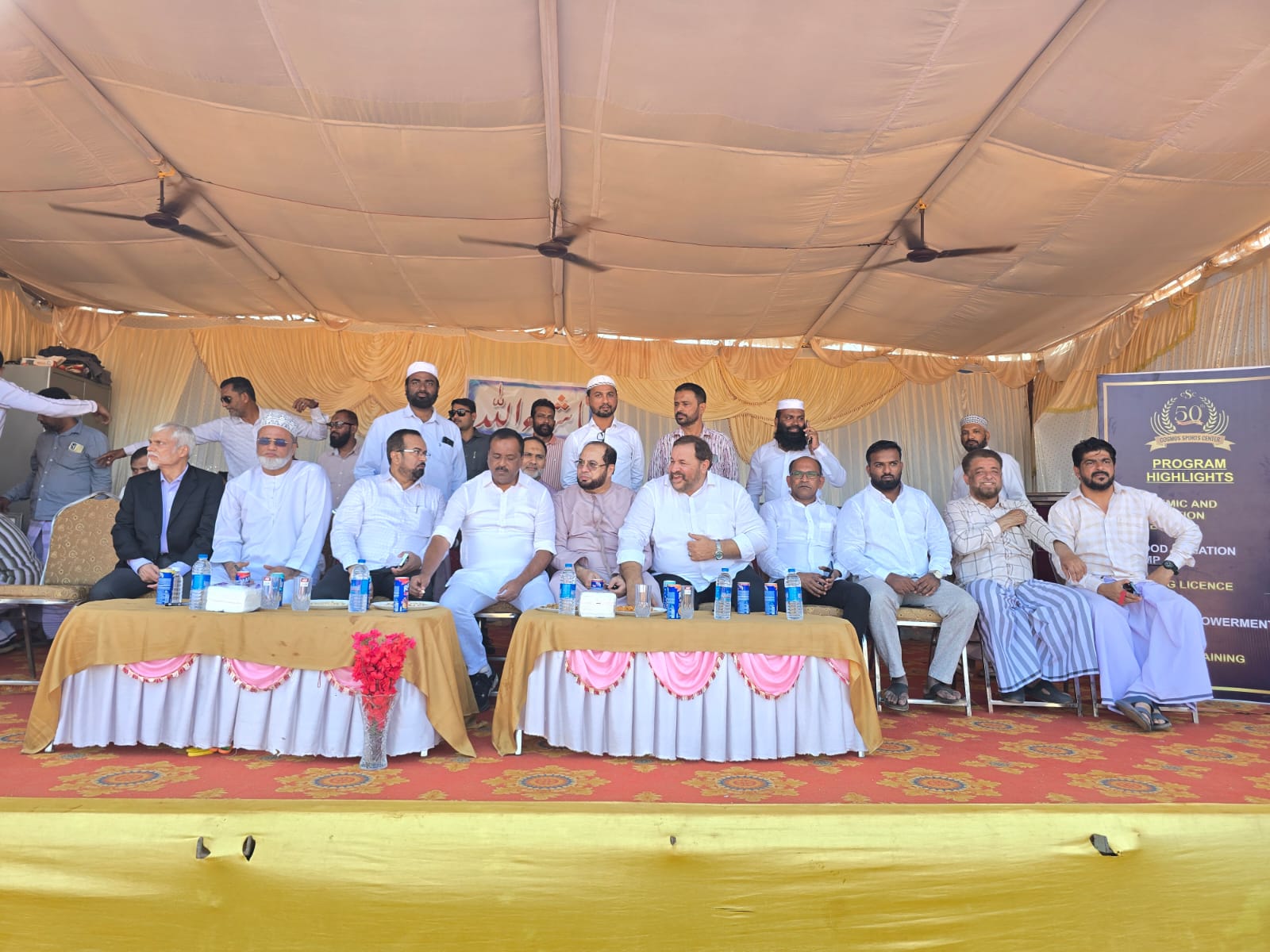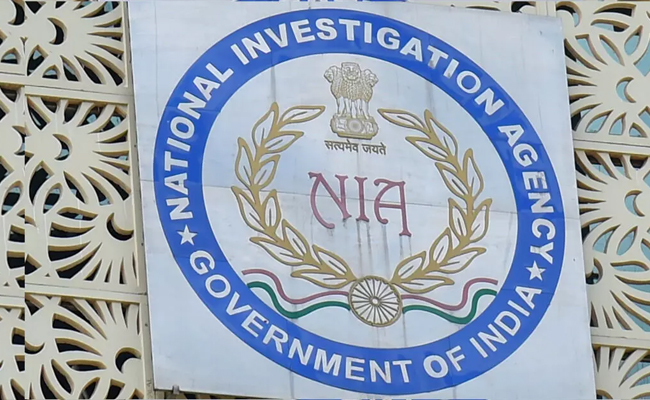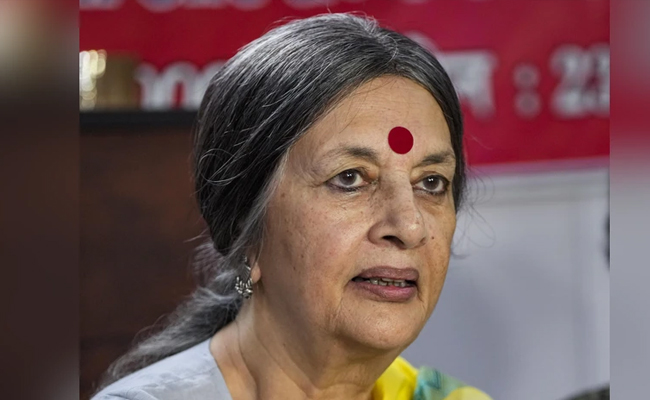Bengaluru: Two women scientists are among the six winners of the Infosys Prize 2024 for Economics, Engineering and Computer Science, Humanities and Social Sciences, Life Sciences, Mathematical Sciences, and Physical Sciences, announced on Thursday by the Infosys Science Foundation (ISF) in Bengaluru.
The award was instituted by ISF in 2009.
The two women, who have been selected for the award this year, are Neena Gupta for Mathematical Sciences and Vedika Khemani for Physical Sciences.
Gupta, Professor in the Theoretical Statistics and Mathematics Unit at the Indian Statistical Institute, Kolkata, was awarded for her work on the Zariski Cancellation Problem, a fundamental problem in algebraic geometry first posed in 1949 by Oscar Zariski, one of the founders of modern algebraic geometry.
According to a statement released by ISF, she proved the striking result that Asanuma’s three-dimensional affine variety yields a negative answer to Zariski’s original Cancellation Problem in positive characteristic, in 2014.
Khemani, Associate Professor in the Physics Department at Stanford University, has been recognised for her wide-ranging and groundbreaking contributions to theoretical and experimental non-equilibrium quantum matter, most notably the discovery of time-crystals.
Arun Chandrasekhar, Professor, Department of Economics, Stanford University, won the Economics Prize for his contribution to the study of social and economic networks, using innovative data sets and drawing on theoretical methods from machine learning and computer science.
Engineering and Computer Science Prize is to be awarded to Shyam Gollakota, Professor, School of Computer Science and Engineering, University of Washington for his research in societally relevant areas such as smartphone-based affordable healthcare tools for low- and middle-income countries, battery-free computing and communication, and augmentation of human auditory sensing with artificial intelligence.
The Infosys Prize 2024 in Humanities and Social Sciences goes to Mahmood Kooria, Lecturer, School of History, Classics and Archaeology, University of Edinburgh, for his seminal contributions to the study of maritime Islam in a global perspective, with particular focus on Kerala in the pre-modern and early modern eras.
The Life Sciences Prize goes to Siddhesh Kamat, Associate Professor in the Department of Biology at the Indian Institute of Science Education and Research, Pune, for his discoveries concerning bioactive lipids, their receptors, and their metabolic and signaling pathways.
Speaking at the event organised to announce the award, Kris Gopalakrishnan, President, Infosys Science Foundation said the Infosys Prize has played a pivotal role in recognising brilliant minds whose contributions are shaping the future of research and science.
“This year, we refocused on early career researchers under the age of 40, recognising their immense potential and the promise of paradigm-changing work,” he added.
The prize for each category comprises a gold medal, a citation, and a prize purse of $100,000 (or its equivalent in INR). Narayana Murthy was also present at the event that was hosted at ISF’s office in Bengaluru.
According to the press note issued by ISF, previous laureates of the Infosys Prize, one of the biggest prizes announced in India, have gone on to receive several prestigious international awards, including the Nobel Prize (Abhijit Banerjee and Esther Duflo), the Fields medal (Manjul Bhargava and Akshay Venkatesh), the Dan David Prize (Sanjay Subrahmanyam), the MacArthur ‘genius’ Grant (Sunil Amrith), the Breakthrough Prize in Fundamental Physics (Ashoke Sen), and the Marconi Prize (Hari Balakrishnan).
Let the Truth be known. If you read VB and like VB, please be a VB Supporter and Help us deliver the Truth to one and all.
Mumbai (PTI): In view of Argentine superstar footballer Lionel Messi's visit to Mumbai on Sunday, the city police are implementing stringent security measures, like not allowing water bottles, metals, coins inside the stadiums and setting up watchtowers to keep an eye on the crowd, officials said.
The police also said taking extra care to avoid any stampede-like situation and to prevent recurrence of the chaotic situation that unfolded in Kolkata during Messi's visit on Saturday as thousands of fans protested inside the Salt Lake stadium here after failing to catch a clear glimpse of the football icon despite paying hefty sums for tickets.
Messi is expected to be present at the Cricket Club of India (Brabourne Stadium) in Mumbai on Sunday for a Padel GOAT Cup event followed by attending a celebrity football match. He is expected to proceed to the Wankhede Stadium for the GOAT India Tour main event around 5 pm.
"In view of Lionel Messi's visit to Mumbai, the police are geared up and have put in place a high level of security arrangements in and around the stadiums located in south Mumbai. Considering the chaos that prevailed in Kolkata and the security breach, we have deployed World Cup-level security arrangements at Brabourne and Wankhede stadiums," an official said.
Expecting heavy crowd near the stadiums during Messi's visit, the city police force has deployed more than 2,000 of its personnel near and around both the venues, he said.
As the Mumbai police have the experience of security 'bandobast' during the victory parade of ICC World Cup-winning Indian team and World Cup final match at the Wankhede Stadium, in which over one lakh cricket fans had gathered, we are prepared to handle a large crowd of fans, he said.
"We are trying to avoid the errors that occurred in the past," the official said.
There is no place to sneak inside the stadiums in Mumbai like the Kolkata stadium, according to him.
The police are also asking the organisers to provide all the required facilities to the fans inside the stadium, so that there will be no chaos, he said, adding the spectators have purchased tickets in the range of Rs 5,000 to 25,000. After paying so much of amount, any spectator expects proper services, while enjoying the event, he said.
The police are expecting 33,000 spectators at the Wankhede Stadium and over 4,000 at Brabourne Stadium. Besides this, more than 30,000 people are expected outside and around the stadiums just to have a glimpse of the football sensation, he said.
The organisers responsible for Messi's India visit recently came to Mumbai to discuss security arrangements. During the meeting, the Mumbai police asked them not to take the event lightly, according to the official.
After those requirements were fulfilled, the final security deployment was chalked out, he said.
Police has the standard procedure of the security arrangements inside the Wankhede Stadium, where people are barred from taking water bottles, metals objects, coins. Police are setting up watch towers near the stadiums and there will be traffic diversions, so that there is maximum space available to stand, according to the official.
Police are also appealing to the spectators to use public transport service for commuting and avoid personal vehicles to reach south Mumbai.
To avoid any stampede-like situation, police are also taking precautionary measures and will stop the fans some distance ahead of the stadium and public announcement systems will be used to guide the crowd. Barricades will be placed at various places to manage the crowd.
In case the crowd swells up beyond expectation, the police will divert people to other grounds and preparations in this regard underway, he said.
Additional police force has been deployed in south Mumbai to tackle any kind of situation, he said.





